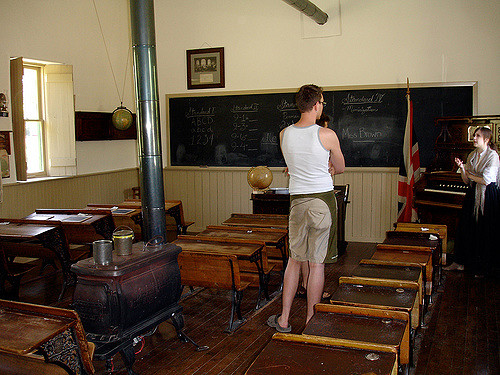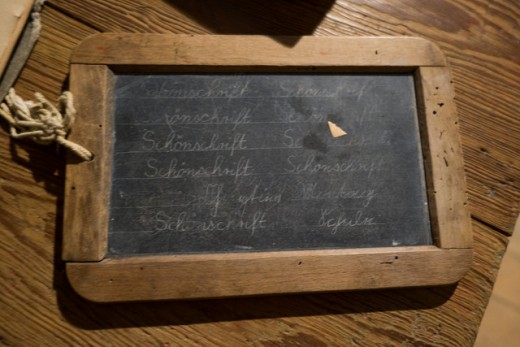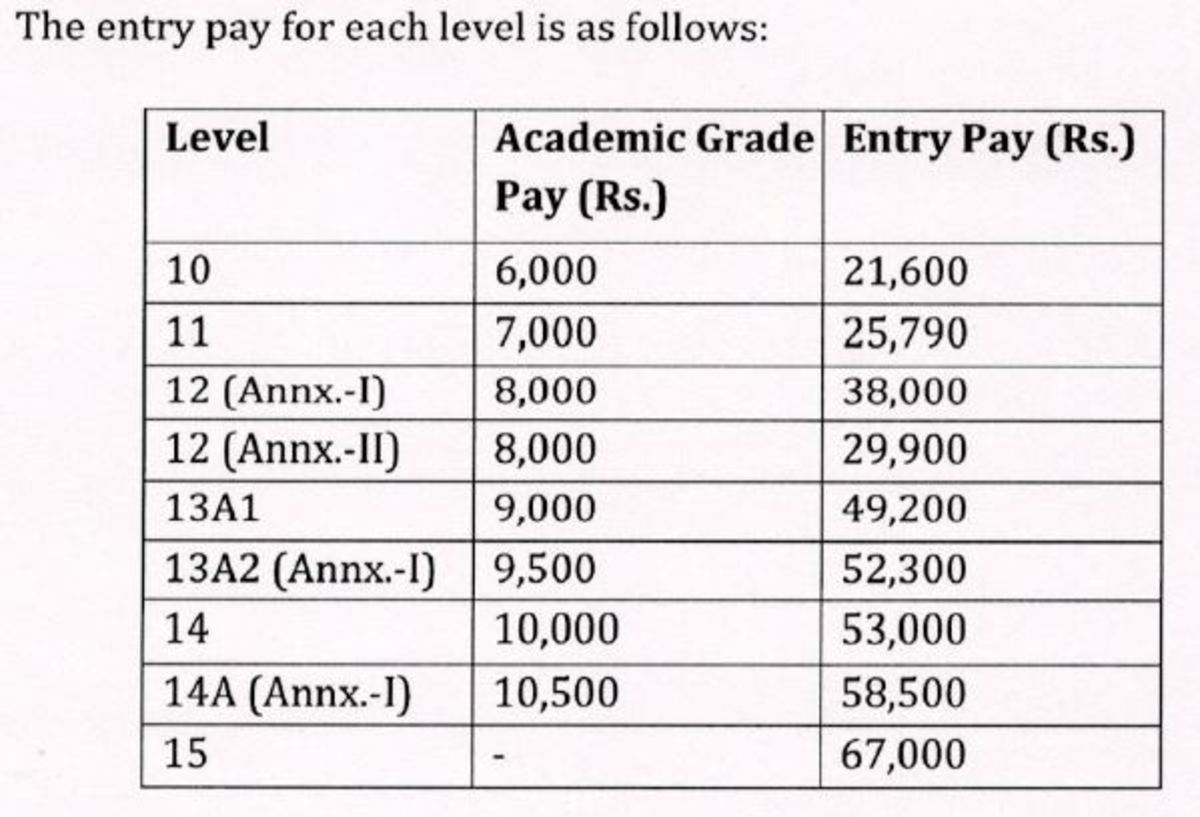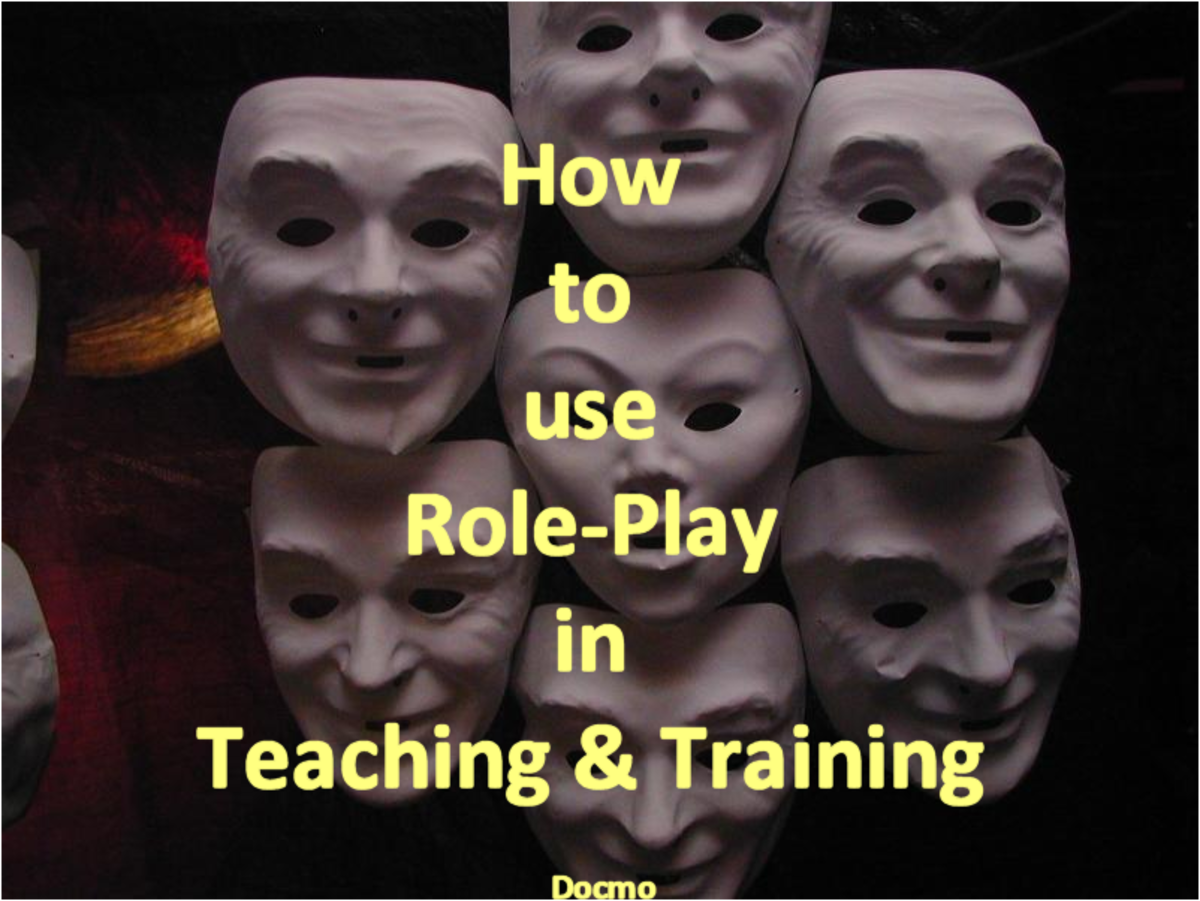Old Time Schooling-A Peek at the Past
A Bit of Family Insight
Emma was a schoolteacher. This may not seem like a remarkable statement, but she was in many ways, the last of her breed. She was my great grand-aunt, and she passed away in 1963 at the ripe old age of 86. As a spinster, she pursued the only position considered “respectable” for an unmarried woman of her day. Back then, teachers had to supply their own school bells, and I have hers as a family heirloom.
She was a very highly educated woman, well versed in the ins and outs of language, spelling and grammar, as well as some familiarity with Latin, and of course, she had to be competent in arithmetic and history as well. Her education included college, of course; in the more recent past, it was called “teacher’s college,” but back in about 1896, when she would have been attending, it was called “normal school.”
Aunt Emma’s teaching career began in the days of the one-room schoolhouse with mixed grade levels. In those days, education was not mandatory, and for those children who attended school, very few completed a full dozen years. The majority stopped attending somewhere between the 4th and 8th grades.
Old-Fashioned Heating Stove For the Classroom

The Teacher Had to Do More Than Just Teach
The teacher had to arrive at the school very early, especially in the winter months, to bring in wood and lay a fire in the wood stove—the only heat the building would have had.
It was not an easy job. Buildings were not insulated in that era, so the stove’s heat would have had only a minimal effect, and only for those seated nearest the fixture.
Can you imagine, from the photo above, how miserably hot the nearest pupils would have been, and how barely warmed, even chilly, the students in the farthest corners would be?
Then there was also the issue of proximity, and the high potential for burns. Such devices are no longer permitted under current safety laws.
*******
(I repeatedly use “she,” because male teachers were a rarity. These were chauvinistic times, and most men believed that dealing with children on any level was “beneath them,” and belonged exclusively in the realm of “women’s work.”)
Aunt Emma's Actual Schoolbell

Was This a Quality Education?
In many ways, it was a very much higher quality education than what we have now. The teacher was free to teach, without the distractions of paperwork mandated by both state and federal agencies. The teacher was the boss. She had no principal or school district to whom to report. There were no statewide tests to be had, or get in the way of teaching what was important. She was free to concentrate solely on the education of her pupils. There was no artificial bureaucracy to stand in the way.
Many lessons revolved around oral recitation of the lesson, be it arithmetic, spelling or reading. Each student in turn would be called upon to perform aloud, and sometimes it would be an entire grade-level group reciting their lessons.
Children outside of that grade level, working quietly at their desks, could not help but also hear the lessons of the other children. You might think of it almost in terms of subliminal education. In the case of the younger children, this helped them have a foundation for those lessons when they, too, reached the next grade level. Older children might also help younger ones with difficult concepts, in what we today call “peer tutoring.”
Each child progressed at his or her own speed, based upon their readiness for the next advancement. There were no set time lines for this progression. An exceptionally bright child might advance 2 years worth of lessons in a few months, while children who found the work more challenging might spend over a year to advance a month or two.
Grade level and age were not tied together as they more-or-less are these days. This was not a bad thing. It meant that a student could progress on one level while remaining behind in another—for example, the child might advance in reading, but still be working at arithmetic on a lower level. All things in time.
Old One-Room Schoolhouses Came in Many Styles

What Was Classroom Life Like?
To be sure, the atmosphere in those classrooms was much quieter, with the exception of the oral lessons. Discipline was very strict, and there would be no whisperings or wandering about permitted. You nearly feared for your life if the schoolmarm were to contact your parents about any misbehavior.
Physical punishment was not forbidden, and, in the rare case of a male teacher, a naughty boy might well endure a few well-placed whacks of a paddle across his hind end. Best not complain about it to mom and dad, either, for you’d get no sympathy there—more likely, a retort of, “Well, I’m sure you deserved it!” and another, more severe, paddling from your father.
Female teachers could and did smack rulers across hands. Boys got it across the knuckles, girls might endure only the slap of a ruler across the open palm of the hand. But the same conditions applied as far as going home and crying to your parents. People in those days did not mistake discipline for “abuse.”
You sat still, sat up straight in your seat and paid attention to your lessons. You had to. Books were rare, and shared; there was very little paper used. Children had small double-sided slates upon which they wrote their work. The teacher looked it over, and if work had to be corrected, it was handed back to the student to make the changes. Afterwards, that lesson was erased to make room for the next one. So you had better make good use of that built-in hard drive in your brain to store what you were learning, for there were no electronic gizmos to do that for you.
The Slate Was Your "Binder Paper" Back in the Day

What Were Lessons Like?
According to my Aunt Emma, children had a firm grasp on their lessons because the teaching methods insured learning more than one thing at a time. For instance, spelling was taught orally, and in conjunction with learning about syllables. A student would be called upon to spell a word; her favorite example was “Constantinople.” (This was the former name of Istanbul.) Each syllabic segment would be separately spelled out, then pronounced as far as it went, and with each succeeding syllable, the pronunciation to that point would be added in, until the entire word had been completed, thusly:
“C-o-n; Con”
“s-t-a-n; stan—Constan”
“t-i-n; tin—Constantin”
“o-p-l-e; ople—Constantinople.”
Likewise, arithmetic basic facts were recited in groups; “1+2 is 3; 2 and 2 are 4; 4 and 4 are 8,” etc.
Rote learning has been vilified as of late, but there really is no substitute for repetition for locking information into long-term memory. Even toddlers know this instinctively; it is why they are so fond of hearing the same stories over and over and over again.
Lessons were recited in front of the student body, so to some extent, children learned to speak in front of a group, to hold themselves tall and be self-assured. Life in general was harder then, and children were held to higher standards of behavior.
Brain Teasers and Puzzles of the Era
One way of teaching creative thinking was with the use of various puzzles and brain teasers. Unlike today, when teachers are forced to “teach to a test,” there was room for creative thinking, what we now call “outside the box.” There is always more than one way to arrive at a correct answer, and some things have more than one possible, reasonable answer.
Below are two examples from my Aunt’s treasure trove of her favorites. Try your hand at them, and see how you do. (I’ll admit—they are out-of-date as to subject matter, and may stump some readers on that basis, but they are not impossible to figure out.) Answers just above the comments—no cheating—you’re on the honor system.
“Old Mother Twitchet had but one eye,
and a very long tail which she always let fly.
Every time she went over a gap,
She left a part of her tail in a trap.”
....................................................................What is she?
“Elizabeth, Elsbeth, Betsy and Beth
all went out to find a bird’s nest.
They each found one, with four eggs in it.”
......................................... ….. How many eggs did they find?
Can We Go Back?
Well, in a sense, yes, we can. It is unlikely that we will see a return to the actual one-room schoolhouse. But we are already seeing some bits of the old ways in the aforementioned peer-tutors, and students who are skipped ahead a grade, or put into advanced placement (A.P.) programs hint at the way things were done in the old ways.
However, neither skipping full grade levels, or inclusion in A.P. curriculum are quite the same thing, for that level of ability is expected across the board, and we all know that not all students are equally talented in all subjects. The student with a mind for numbers and dates who may excel at math and historical facts may not be as well-equipped in reading comprehension. The advanced reader might be deficient in math skills, so skipping grades or A.P. programs are both swords that cut two ways.
In this writer’s opinion, it would be better to have mixed-grades together, (within peer-age groups—that is, elementary, junior high and high school kept separate, but able to combine within each of those segments), and eliminate our current obsession with “semesters,” allowing each to progress at his or her own rate, in each subject, just like the olden days. There should be far less emphasis on standardized testing than on individual gains and confidence in the subject matter. Things learned by cramming for a test are soon forgotten, for they have no real bearing in practical applications.
This would solve the problem of kids being bored with work that is too easy, or frustrated with concepts they find too difficult.
We need to remember that each is an individual, and expecting conformity across the board kills creativity, kills interest, and breeds discontent. To ensure success in the future, we must to some extent, revisit the past.
Answers to Brain Teasers
1) Old Mother Twitchet is a needle and thread
2) Four eggs only were found. All four names are simply variations or nicknames for Elizabeth, so only a single girl went searching.
The second example is the same kind of brain teaser as the famous, "As I was traveling to St. Ives, I met a man with 7 wives..." puzzle, in which distraction and misdirection are used to confuse the puzzler to focus upon finding the answer to the wrong question.
A more modern example uses a bus route, with the bus starting out in the morning. It goes like so: At the first stop, 6 passengers board the bus. At the next stop, 4 passengers get off; 1 gets on. At the following stop, 3 get off and 5 get on board.
You carry the script along these lines as far as you wish, according to the attention span and age of your audience, (making up whatever boarding/getting off numbers that come to mind), never listing by number any stop but the first. At the conclusion you ask, "How many stops did the bus make?"
Everyone has been so intent on adding and subtracting all the passengers (the misdirection/distraction) that it is rare to find anyone has counted the stops.
© 2012 Liz Elias








